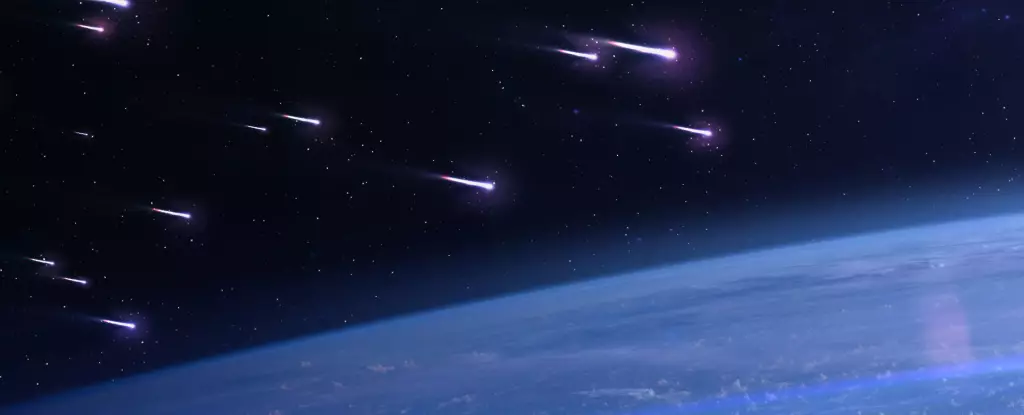As autumn deepens into winter, our thoughts naturally turn to the wonders of the night sky. One of the most anticipated meteor showers of the year is the Leonids, renowned not only for their beauty but also for their unpredictability. The upcoming Leonid meteor shower presents a unique opportunity for stargazers, and this year—despite expectations of a quieter display—understanding the factors influencing their visibility can make this celestial event an exciting experience.
To appreciate the anticipation surrounding the Leonids, it is essential to recognize their historical context. These meteors are remnants of comet 55P/Tempel-Tuttle, which orbits the Sun approximately every 33.8 years. With each pass, the comet leaves behind trails of debris, the Earth occasionally intersecting these streams. The most significant Leonid storms, particularly the extraordinary display in 1966 where observers reported an astounding Zenithal Hourly Rate (ZHR) of up to 150,000 meteors per hour, remain engraved in astronomical history. Each Leonid event carries with it the potential for surprise and wonder, as demonstrated by the dramatic meteor storm experienced by witnesses in the late 1990s.
This year’s Leonid shower, peaking on the night of November 17, is projected to offer a modest yet enjoyable experience. Ideal viewing conditions under pristine skies could unveil around 15-20 meteors per hour. However, onlookers must consider the interfering light of a waxing gibbous moon, expected to reach full brightness shortly after the shower peaks. Moonlight significantly diminishes the visibility of fainter meteors, which is a prominent takeaway for those planning to observe. Knowing that the optimal time to view the meteors is during the early morning hours can aid in navigating these variables effectively.
It’s important to mention that the 2024 Leonids coincide with a peculiar astronomical phenomenon: potential encounters with several ancient debris streams from past returns of the comet. Notably, dust trails from 1633, 1733, and older streams from the 19th century are predicted to intersect with Earth around mid-November. While such encounters may excite seasoned meteor watchers, the real challenge lies in the uncertainty of what these trails may yield.
For aspiring meteor watchers, preparation is key. Finding a location away from city lights enhances the viewing experience by allowing the sky’s natural beauty to shine through unhindered. It becomes paramount to arrive early, with the possibility of setting up equipment such as DSLR cameras or telescopes to capture the radiant activity more vividly. For those with a flair for photography, an intervalometer will automate the shooting process, enabling a more relaxed observation while enjoying a warm beverage.
It is helpful to familiarize oneself with the constellation Leo, as meteors will appear to radiate from this point in the sky. With deliberate positioning and patience, onlookers may witness not just the Leonids, but also a variety of shooting stars from other meteor showers that might linger in the darkness.
The allure of the Leonid meteor shower extends beyond mere numbers. The anticipation of an unexpected meteor storm carries a kind of wonder that engages different generations of sky watchers. The psychological thrill of standing beneath a vast night space, separate from the chaos of modern life, can evoke a sense of peace and introspection. Even in quieter years, the experience of witnessing shooting stars is like a brush with the infinite, reminding us of our place in the universe.
As we look toward the future, the next major Leonid event may not occur until the 2030s. Yet, enthusiastic observers shouldn’t dismiss the potential for surprises in the interim. The cosmos constantly shifts, and chance encounters can result in extraordinary displays at unpredictable times. With careful planning and an open heart, we may find ourselves privy to moments of breathtaking celestial beauty.
Despite the expected tranquility of the 2024 Leonids, the sky may still spring delightful surprises, making the occasion worthwhile. As we prepare our blankets, telescopes, and cups of the warmest tea, we keep our eyes turned skyward, embracing the possibility of witnessing a spectacle beyond the ordinary. Missing out on even a faint meteor streak could mean denying ourselves a connection to the grand cosmic narrative unfolding above us.


Leave a Reply